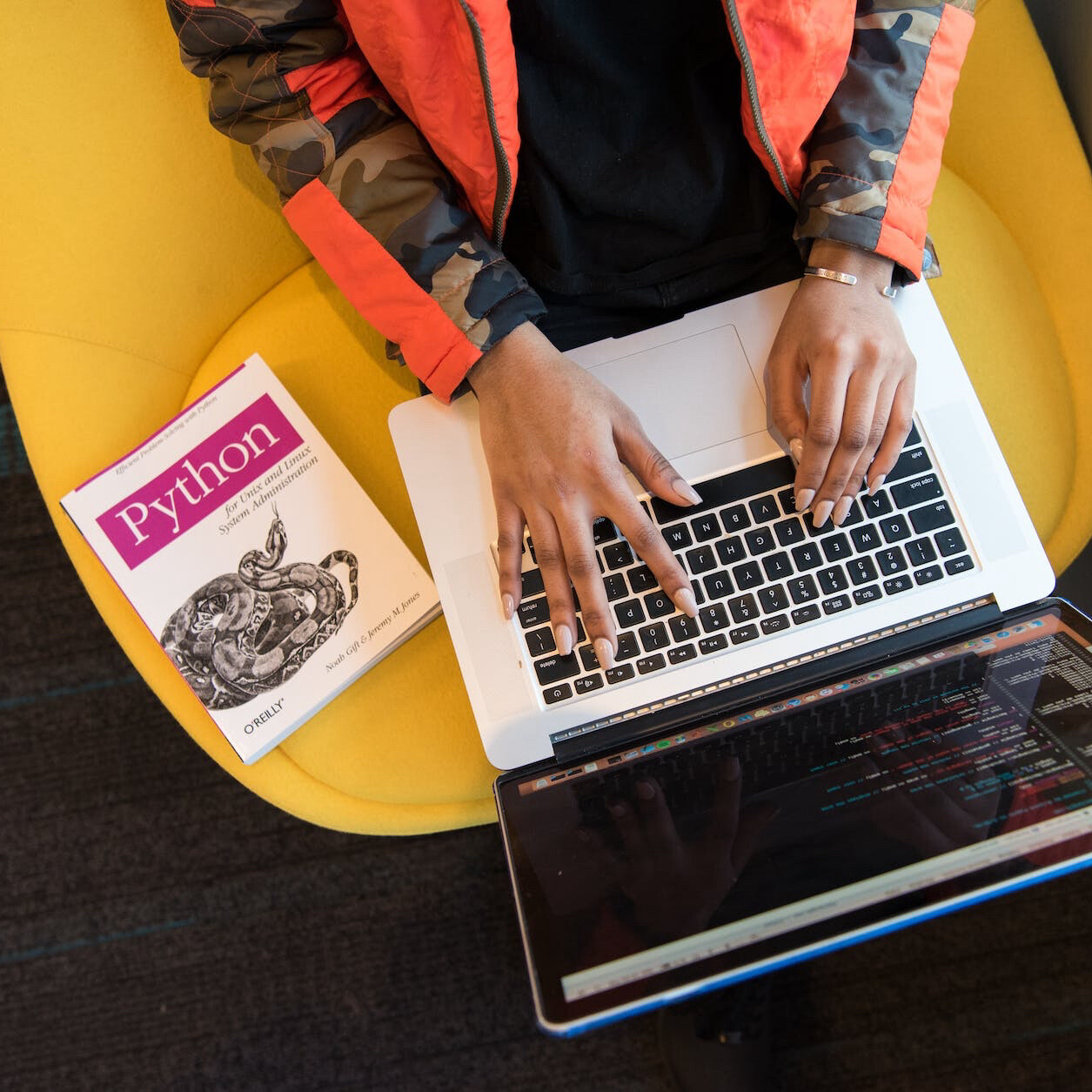Parallel Design – Overcoming Designers Block One Brick at a Time
At times, it cannot be easy to find inspiration. Working with a great team of creatives can help you jump out of that writer’s or designer’s block many people find themselves stuck in. It’s normal, this stuck-in-the-mud feeling; surrounding yourself with like-minded, focused people will assist you in your brainstorming and idea-creation process.
One of the techniques commonly used among designers is the Parallel Design method, where several people create a design based on the same set of requirements – sort of like receiving a homework assignment or a general project. Each works independently and then shares his or her ideas with the rest of the group. Once all of the ideas and designs have been collected, the team considers each solution and then each designer goes back to his or her work and implements any improvements for their project.
The benefits of this technique are multifaceted. Not only does it increase collaboration, but it allows for the generation of many different and diverse ideas and makes sure that the cream of the crop is infused into the final conception.
A diverse variety of ideas are generated as each individual brings specific creativity to the overall project. Several design approaches are thought of at once. Time is saved by separating and bringing those ideas to life at once (instead of a long, tedious process of shooting ideas back and forth with no actualization).
Seeing and trying other peoples’ designs has been proven to enhance the final product, seeing as team members can glean inspiration from others’ ideas. No matter how the original interfaces were, everyone saw improvement as individuals intuitively picked out the best designs and integrated them seamlessly into their own.
Collaborating with a dynamic set of designers will build an atmosphere of open communication and idea generation, allowing creativity to flow and bounce from person to person! What are you waiting for?
Next Item
Responsive vs. Adaptive Web Design



